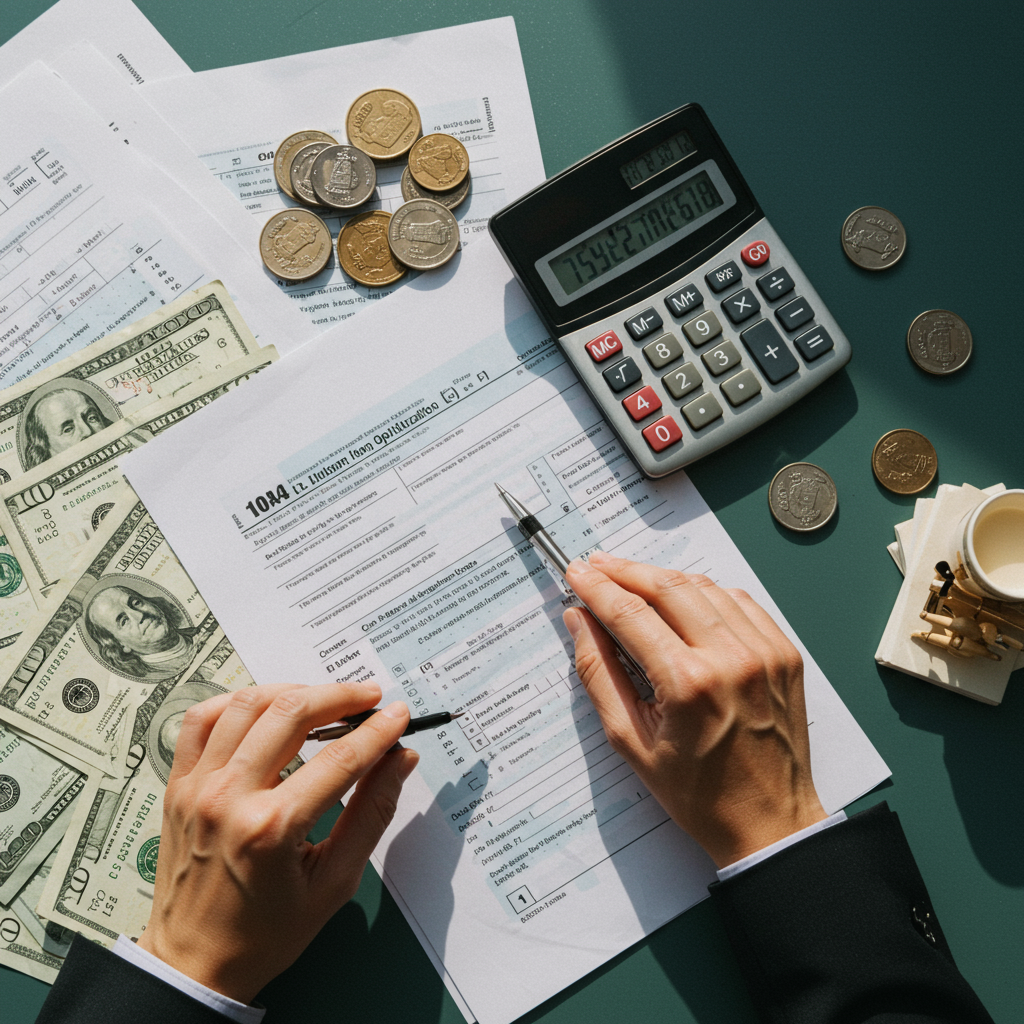What does it mean to have a tax-efficient retirement? It can mean different things to different people, but at its core, it should focus on key strategies that help you minimize taxes and maximize your wealth over time.
Key Takeaways
- Which investments you hold where, matters
- Do you have a plan that addresses when the best time is to pay taxes?
- Use tax credits strategically when available
- Don’t miss opportunities to pay 0% tax
Here are a few fundamental areas to consider when building a tax-smart retirement plan.
1. Asset Location – Are Your Investments Positioned to Minimize Tax Drag?
One of the simplest yet most impactful tax strategies is making sure your investments are placed in the right types of accounts to reduce unnecessary taxes.
For example, equities typically generate lower annual income compared to fixed income or real estate. Since dividends and interest are taxed at your ordinary income rate, it often makes sense to hold stocks in a taxable brokerage account, where they can benefit from lower capital gains tax rates.
On the other hand, bonds—especially those with higher yields—may be better suited for tax-deferred accounts (such as a traditional IRA or 401(k)). Since you won’t pay taxes on bond income until you withdraw funds, you gain more control over when and how you’re taxed.
This isn’t an all-or-nothing approach—your specific strategy depends on your mix of accounts and investment objectives. However, generally placing higher-income investments in tax-deferred accounts and growth-focused investments in taxable accounts can significantly improve long-term wealth accumulation.
Think of it like flying with the airplane flaps down—you’re still moving forward, but unnecessary tax drag can slow you down and delay your arrival at a higher net worth.
2. The Tax Equivalency Principle – Should You Pay Taxes Now or Later?
In retirement planning, you face a fundamental choice: pay taxes now or pay them later. The key is to determine whether your current tax rate is higher or lower than what it will be in the future.
If your tax bracket remains the same over time, then choosing between a Roth (tax-free withdrawals) or pre-tax account (tax-deferred withdrawals) doesn’t make a difference in terms of final net worth. But many people mistakenly fixate on having “all tax-free money” in retirement, even when it results in higher lifetime taxes.
For example, the early years of retirement are often an ideal time to convert traditional retirement savings into a Roth IRA. If you’re temporarily in a lower tax bracket—say 10%, 12%, or 22%—this could be significantly lower than your required minimum distribution (RMD) years.
Think of it this way: You want to “buy out” your silent business partner (the government) at the lowest cost. The best time to do that is when your tax rate is at its lowest—often before Social Security and RMDs push you into a higher bracket.
During these early years, you may also have opportunities to:
- Use taxable accounts for withdrawals to keep your taxable income artificially low
- Take advantage of Roth conversions at lower tax rates
- Leverage tax credits and deductions to further optimize your strategy
Understanding and applying the tax equivalency principle can help keep more of your money working for you and your family.
3. Taking Advantage of Tax Credits – The Premium Tax Credit (PTC)
If you plan to retire before age 65 (when Medicare kicks in), healthcare costs can be a major concern. The Premium Tax Credit (PTC)—a key benefit from the Affordable Care Act—can help reduce the cost of health insurance for those who qualify.
For individuals with income below 400% of the Federal Poverty Limit (FPL), the PTC provides federal subsidies that lower monthly insurance premiums. However, once your income exceeds this threshold, the subsidy disappears entirely.
Early retirees who can strategically control their taxable income—such as by delaying Social Security and withdrawing from taxable assets—may be able to stay under the FPL limit and qualify for these subsidies. This can save thousands of dollars per year on healthcare expenses.
However, this strategy won’t work for everyone. If you’re already receiving Social Security or a pension, your income may be too high to benefit. But for those with flexibility, careful tax planning can help reduce healthcare costs before Medicare eligibility.
4. Gain Harvesting – Paying 0% on Capital Gains
If your taxable income falls below a certain threshold, you may qualify for the 0% capital gains tax rate—meaning you can sell winning investments and pay no tax on the gains.
Long-term capital gains are taxed at preferential rates (0%, 15%, or 20%), compared to ordinary income tax rates. However, capital gains tax is stacked on top of your regular income, which means if you withdraw too much from tax-deferred accounts, you could accidentally push your gains into a higher tax bracket.
For example:
- If you were planning to harvest capital gains at a 0% tax rate but also took large withdrawals from your IRA, you might push some gains into the 15% bracket.
- Coordinating capital gains realization with your withdrawal strategy can help you optimize your tax bill and stretch your retirement dollars further.
A well-planned capital gains budget combined with smart investment management can create significant tax savings over time.
Final Thoughts: A Tax-Smart Retirement Strategy Pays Off
These are just a few of the key tax strategies that should be part of your retirement planning conversations. By combining these approaches, you can save thousands of dollars in immediate taxes and potentially hundreds of thousands over your lifetime.
At the end of the day, a tax-efficient retirement isn’t about paying zero taxes—it’s about paying the least amount necessary while keeping more of your money in your pocket and your family’s future.
We love tax-optimized retirement planning, and we’re here to help you make the most of it!

